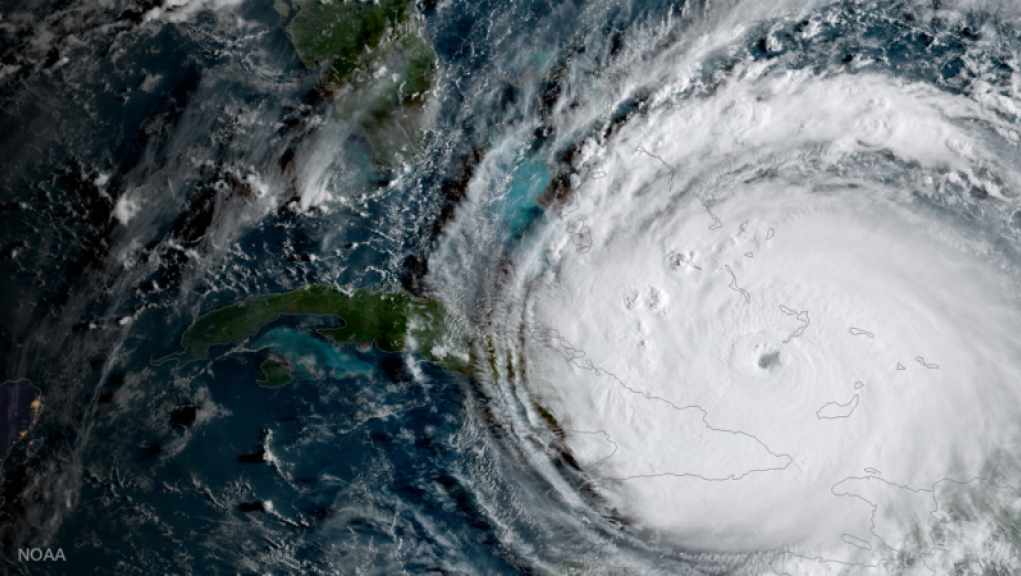Welcome to the start of the 2023 Atlantic hurricane season! Hold on tight because it’s bound to be a wild ride. Or maybe not. The truth is, when it comes to tropical activity, no one can predict what will happen more than a few days into the future. And after about 10 or 12 days? Chaos theory takes over.
But for the more than 60 million Americans living in coastal areas vulnerable to tropical systems in the Atlantic Ocean and Gulf of Mexico, including myself, the threat of a tropical storm or hurricane is always looming in the back of our minds during the summer months. It’s like a dull pain from a past injury that never quite goes away. The longer it’s been since a nearby landfall, the more distant the hum, but it’s always there.
Living with the constant threat of a hurricane can be daunting, but as a meteorologist living on the Gulf Coast, I’ve found that arming myself with as much information as possible is the best coping mechanism. So, on this special day, let’s take a look at what we know about the upcoming hurricane season and a few things we don’t.
First things first, the Atlantic hurricane season officially runs from June 1 to November 30, but there are many caveats. Tropical storms, subtropical storms, and even hurricanes can form before or after the official start of the season. On average, there is a tropical system in May that gets a name every other year. It’s surprising that we haven’t seen any organized activity yet in the Atlantic, given the warm state of the tropical ocean waters.
The vast majority of Atlantic hurricane activity comes during a roughly 10-week period, from early August to late October. Why? Well, every year, Poseidon gets excited about the prospects for the University of Texas football team but grows increasingly wroth and spiteful when the team loses some early season games. Just kidding, that’s actually me who gets upset at the losses. The real reason is that this is about when tropical Atlantic seas reach their peak temperatures and are most conducive to forming and intensifying storms. Also, the “tropical wave train” really gets rolling off of the African coast during late summer, which means that low-pressure systems propagate westward into the Atlantic and run into those warm seas. Finally, wind shear typically dips in August and September in the Gulf of Mexico and other places close to landmasses.
So, while hurricane season officially starts today, it probably won’t hit the afterburners until August. But don’t let your guard down just yet. As always, stay informed and prepared.
As summer approaches residents in U.S. coastal areas brace for the annual addition of hurricane season. Some of the factors which impact the frequency and severity of storms are known and some factors remain mysteries.
The National Hurricane Center (NHC) forecasts that 2021 Atlantic hurricane season will bring between 13 and 20 named storms, with 6-10 becoming classified as hurricanes. Predictions take into account known factors such as sea surface temperatures, wind shear, and current environmental conditions.
For decades the NHC has monitored average sea surface temperatures as a main factor in predicting the strength of developing cyclones. The El Niño, Southern Oscillation or “ENSO,” is an atmospheric science phenomenon which affects global climate and is also taken into account when predicting the activity level of a season. If ENSO is in its warm phase severe storms are more likely to occur, while cooler sea surface temperatures correlate with less severe storms.
Wind shear is another factor of wind at the atmosphere level which can limit a storm’s development.
In addition to known factors, there are unsolved mysteries which largely remain unpredictable. Scientists are currently exploring the effects of global climate change on storm intensity. As ocean temperatures rise, the strength of Atlantic Ocean storms could increase and with them the potential for powerful storms.
Overall, residents in U.S. coastal areas should be prepared for all potential threats and risks of a severe hurricane season. Protective measures such as stockpiling supplies and obtaining homeowners insurance can help mitigate these risks. Above all, it is important to stay aware of local warnings and advisories throughout the hurricane season.




















